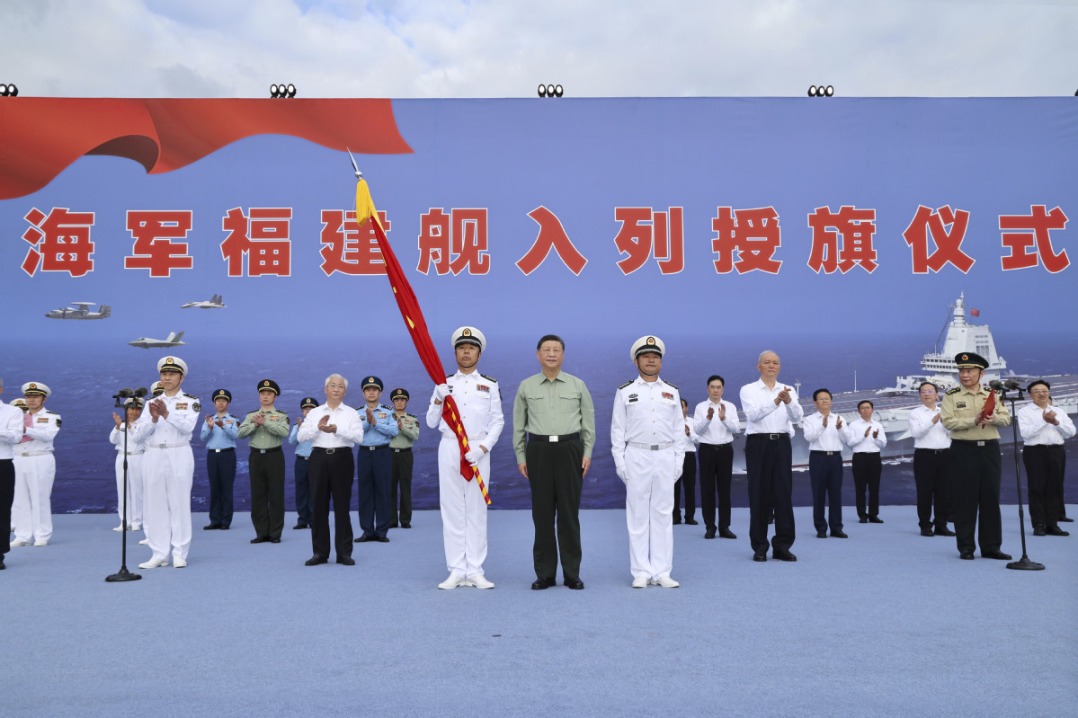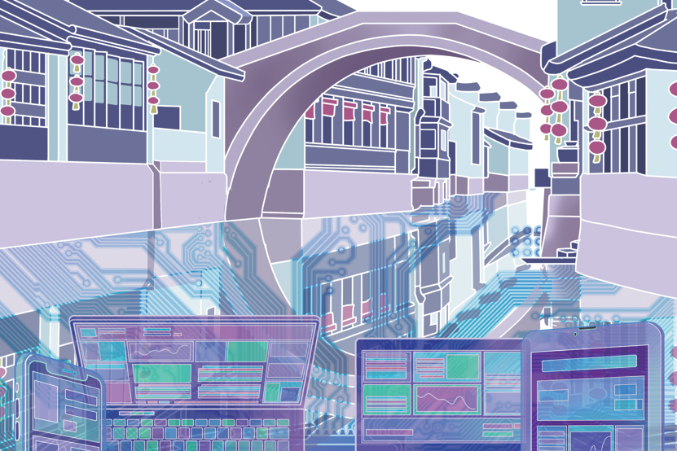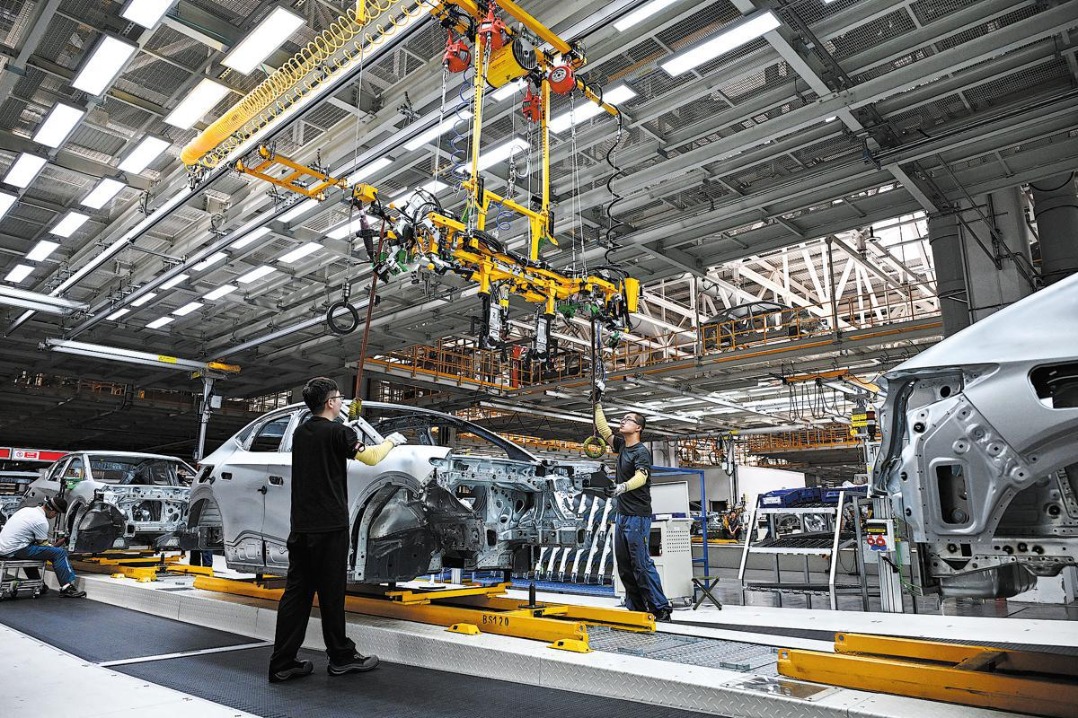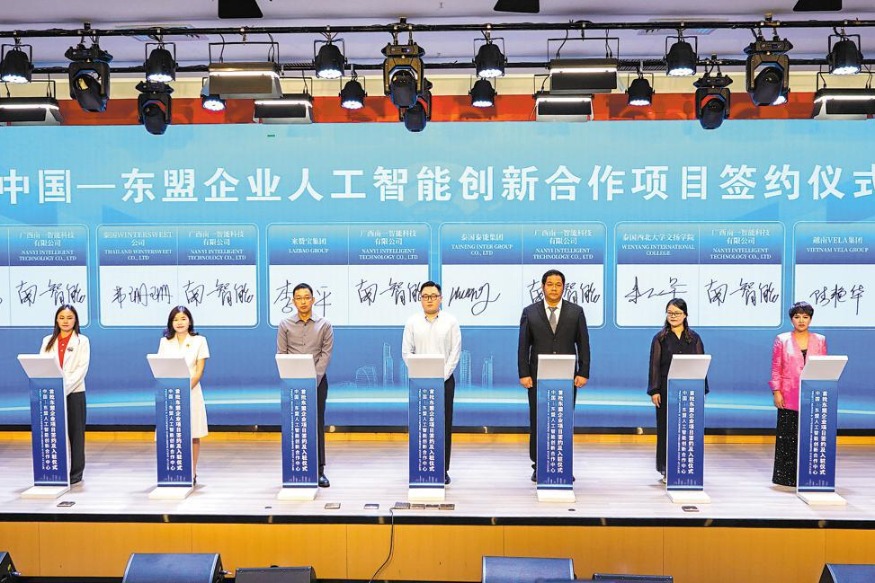Dialogue, not trade war, is the solution


The US system is geared toward keeping itself on the top and the rest below. That is why US President Donald Trump will one day tweet about his “awesome relationship” with China, and the next day he will complain about China’s unfair trade competition and how it is affecting the US economy. In 2017, China and the United States jointly accounted for 40 percent of the world economy and more than half of worldwide growth, a testimony to the importance of ending a trade crisis and looking ahead. If not, the current bilateral trade friction will be a prelude of a turning-point for the Sino-US strategic relationship that may dominate the global community of major powers in the first half of the 21 Century.
For the United States, this is the most expensive import protection since the disastrous Smoot-Hawley tariffs in the 1930s. Such a trade war is likely to take a heavy toll on the American economy.
The tariffs that policymakers have been threatening to impose would not only have a negative impact on the trade component of growth, but they would also spill over to consumption and investment, which means that many Americans can start to anticipate a decline in their standard of living. China’s plan to impose tariffs on agricultural and energy products from the United States in retaliation for the duties America just imposed is in response to US’ actions. American producers will have to pay higher costs to sell their products to China, while at the same time they will also lose some of their existing revenue as the Chinese buyers seek cheaper imports from other nations.
China is already finding alternative sources for soybeans, which has been generating $14 billion in sales per year for American suppliers, according to a Forbes report. According to export.gov, the United States exported $25.2 billion of agricultural products to China in 2016, and a large percentage of these exports are at risk of being replaced by alternatives. The United had already slapped tariffs on steel and aluminum in March and also threatened to do the same for high-tech products. These measures will harm American businesses and consumers when they purchase intermediate or finished products.
According to a report from Politico, a 25 percent tariff on high-tech products will ultimately upsurge costs to American by $12.5 billion. In contrast to China’s agricultural imports, American firms have fewer alternatives suppliers that can produce the high-tech products they need in such large quantities. As soaring costs squeeze margins for American producers, fewer funds will be accessible to invest in fresh business lines and increase growth. According to the United States Department of Commerce, China’s steel imports amounted to $29 billion in 2017, and aluminum imports accounted for another $19 billion in the same period. According to Sara Hsu report in Forbes, she asserts that based on total imports and stated tariffs percentage, tariffs on steel and aluminum will cost the United States $9.15 billion. A survey by the Brookings Institute indicated that almost 2 million jobs might be at risk because of novel tariffs. This trade war is a diversion of trajectory based on the radical transformation of power comparison, especially during the past two decades. Since joining the WTO in 2001, China has been on the fast track and its GDP in 2017 reached $12.25 trillion, almost 11 times its size ($1.34 trillion in 2001) when it joined the multilateral trade organization.
The size of China is now about 63.1 percent of the United States from 12.61 percent back in 2001. Also, according to the World Bank forecast, China will surpass the United States at the largest economy measured by GDP in around 2020. That probably will become truth given the tremendous gap of the population the two nations now have. China has more than quadruple the number of citizens that the United States has. Therefore, the so-called “trade war” indeed is a lucid reflection of the discontent and anxiety from the United States toward current ties between Washington and Beijing. And those sentiments have influence from Capitol Hill to Wall Street. Psychology says “when you focus on problems, you will have more problems. When you focus on possibilities, you will have more opportunities”. That is why China, from its moderate anti-sanction list against United States’ exports, is trying de-escalate this conflict and hopes to ease it by negotiation.
For President Trump, we also cannot see any profit he can gain from an all-round confrontation. Despite no signs from the White House of easing trade tensions with Beijing, the United States Senate recently passed a substantial bill to cut tariffs on hundreds of consumer and industrial imports from China. According to Reuters’ report, the house unanimously passed a bill that would significantly lower trade barriers on about 1,660 products shipped into the United States, almost half of which are produced in China. The bill –called the “miscellaneous tariff bill”– has been passed by both houses and will shortly be sent to the president’s office for final approval. However, the White House has not spoken publicly about the bill.
News of the measure was welcomed by some industry members who benefit from importing the products for their own businesses. The United States National Association of Manufacturers President Jay Timmons said that at present the tariffs cost American firms up to $1 million a day. “It makes no sense because it is a direct and punishing tax on making things in America and creating jobs in America”. I concur with Timmons, it does not make any sense that the United States is blaming China for state intervention on the one hand, while pressing China, by way of issuing government orders, to increase imports, restrict exports, and reduce excess capacity on the other hand.
Trade is essentially a business deal of freedom of contract. You can lead a horse to the water, but you cannot make it drink. Similarly, governments can make efforts to promote trade, but cannot force companies to do business by pointing a gun at their heads. Moderately thinking would assist both parties find a way out of this current trouble.
China is in a fairly good position to weather this storm. Its economy is less dependent on export in general, and exports to the United States in particular, than just a decade earlier. The value added in its exports to the United States is less than 3 percent of its economy. This mirror the fact that China is at the end of numerous global value chains, which include inputs from the United States, Japanand South Korea. Some of the pain from the United States tariffs will hit these other economies, not China.
In the case of China-US trade, the 25 percent tax means that about $50 billion of imports will be more, and the US is likely to import less. But the other $500 billion that Americans import will be modestly cheaper because of depreciation and America will import more. History proposes that the net effect on the trade balance will be minor. This is one reason that the direct effect on the Chinese economy is likely to be minor. Most analysts still have Chinese growth at 6.5 percent or higher for 2018.
The general perception that China is determined to stay on the path it has chosen, and China’s development and revitalization is unstoppable is the consensus of the international community. As stated above by the World Bank, some Americans see China as a strategic competitor and alleged that China will replace America’s role in the world. This strategic conclusion is fundamentally wrong. China’s path is completely different from that of traditional powers and as such is commended and welcomed by a growing number of nations. The truth is, the more China develops, the more China will be made known to the world. China is on the long march to modernization and it has no need or intention to displace the United States.
History has taught us that trade wars are never the solution in a globalized world, choosing a trade war is the wrong prescription. As a result, it will only hurt both sides, and China will surely make a justified and necessary response. As the two world’s largest economies, the interest of China and the United States are deeply entwined. Both China and the United States are not only responsible for their own people but also the well-being of the world. I hope both sides can sit down, have a calm and constructive dialogue as equals and find a mutually beneficial and win-win solution.
The author is the executive director of the center for Nigerian Studies at the Institute of African Studies, Zhejiang Normal University, China.
The views do not necessarily reflect those of China Daily and chinadaily.com.cn.


































